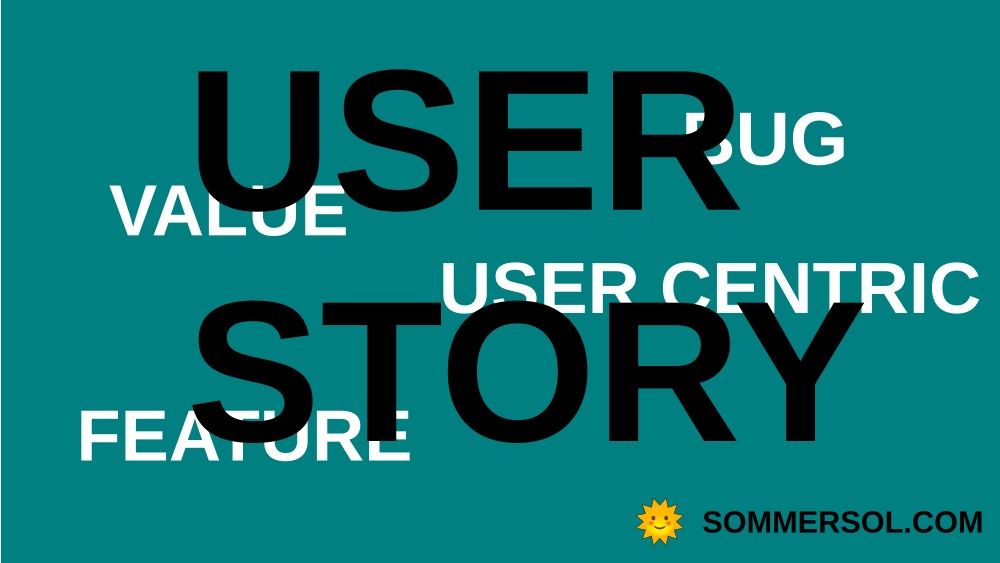
Outcome-Driven Feature Prioritization for Agile Teams | Alfa Sommersol
Learn how focusing on business outcomes instead of features can lead to better decision-making, faster delivery, and more value for your customers.

In the realm of Scrum and Agile practices, there is an ongoing debate regarding the essence of story points. Should they be a reflection of effort, complexity, or an amalgamation of both? In this comprehensive article, we will explore various perspectives on this subject, offering some significant learnings to fuel your Agile journey.
26.06.2023 Alfa Sommersol
Imagine you're at an online planning poker session. You're spearheading an Agile project, working diligently with your team of competent Scrum masters and creative engineers. Your challenge is to estimate the complexity of the backlog item in your virtual hand. You've got this! You're an agile enthusiast, familiar with Scrum ceremonies, and the poker planning process is second nature. You're sitting in front of your computer screen, surrounded by a team of passionate developers, Scrum Masters, and project leaders. Your team debates over the weight of the task - is it more about the complexity or the effort required? Tension is palpable as each member brings their unique perspective. But, alas, you have a lightbulb moment! You propose a balanced approach considering both complexity and effort, allowing for a more comprehensive and pragmatic plan.
Colleagues and thought leaders across the Agile landscape offer varying perspectives on this topic. Some contend that the choice between complexity and effort largely hinges on the maturity of the Agile journey within a team. For those teams merely scratching the surface of Agile, assigning story points based on effort might provide an easier tracking mechanism. However, teams who have fully embraced the Agile mindset might gravitate towards story points as they allow more flexibility and steer clear of setting rigid expectations.
To truly grasp the concept of story points, one must acknowledge their multifaceted nature. Picture a large boulder that needs relocation. Several factors come into play - its weight (effort), the distance it must travel (time), and the terrain it must traverse (complexity). Similarly, story points encapsulate these different dimensions. Attempting to separate complexity and effort might lead to more confusion and wastage of valuable resources.
When diving deeper into the matter, we discover that the line separating complexity and effort often blurs. A complex Product Backlog Item (PBI) may necessitate additional research and experimentation, thereby requiring more effort. Thus, one might infer that complexity and effort, to some extent, are intertwined.
To strike a balance between complexity and effort, some professionals suggest employing a formula. Such formulas position complexity as a primary basis for estimating story points, with elements such as risk and uncertainty playing vital roles. However, it's important to remember that estimates are inherently uncertain and formulas can only provide a guideline, not an absolute answer.
In the quest for perfect estimation techniques, it's crucial not to lose sight of the fact that the ultimate objective is better forecasting and effective prioritization. Strive for techniques that serve this purpose, whether they lean towards complexity, effort or both. Agile practices encourage dialogue and consensus among team members to determine what elements should factor into estimates.
The Agile methodology isn't about crafting perfect estimates, but rather about identifying how much quality work a team can undertake in a sprint. One of the major strengths of Agile lies in its ability to break down larger tasks into smaller, more manageable chunks. It's through this process of refinement, rather than rigid estimation, that teams can truly harness the power of Agile.
The ongoing debate of complexity vs effort in story points illustrates that there is no one-size-fits-all approach in Agile. The journey is unique to each team and varies based on its maturity level, goals, and challenges. The real power of Agile lies not in meticulous estimation but in fostering collaboration, promoting constant learning, and striving for refinement. As you further your Agile journey, I invite you to explore our services and products, such as online scrum poker, to bolster your Agile practices.

Learn how focusing on business outcomes instead of features can lead to better decision-making, faster delivery, and more value for your customers.

Learn how to write user stories and prioritize them effectively in agile development, including templates for feature requests and bug reports.

This guide provides valuable insights and tips for anyone interested in understanding the role of a Scrum Master.